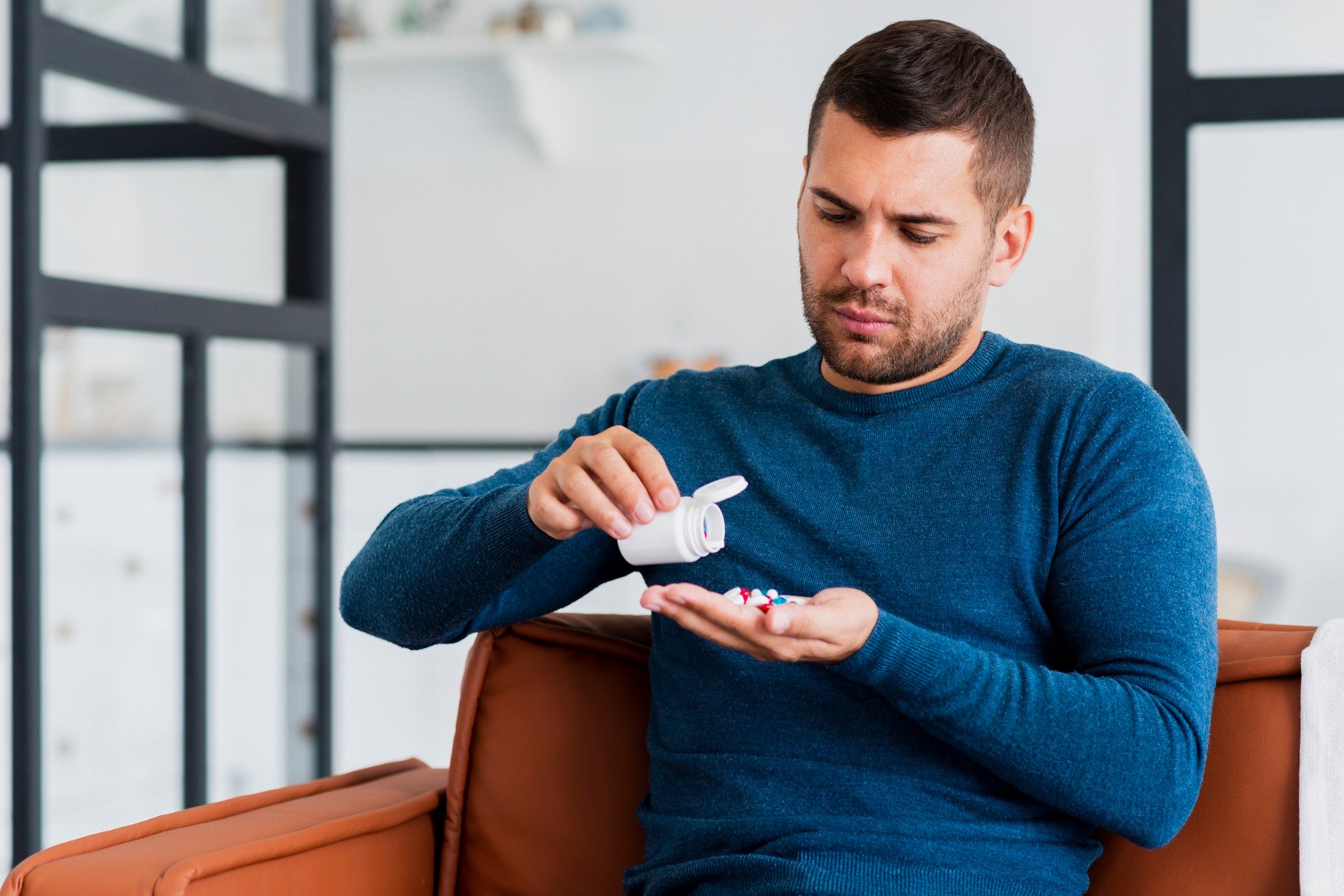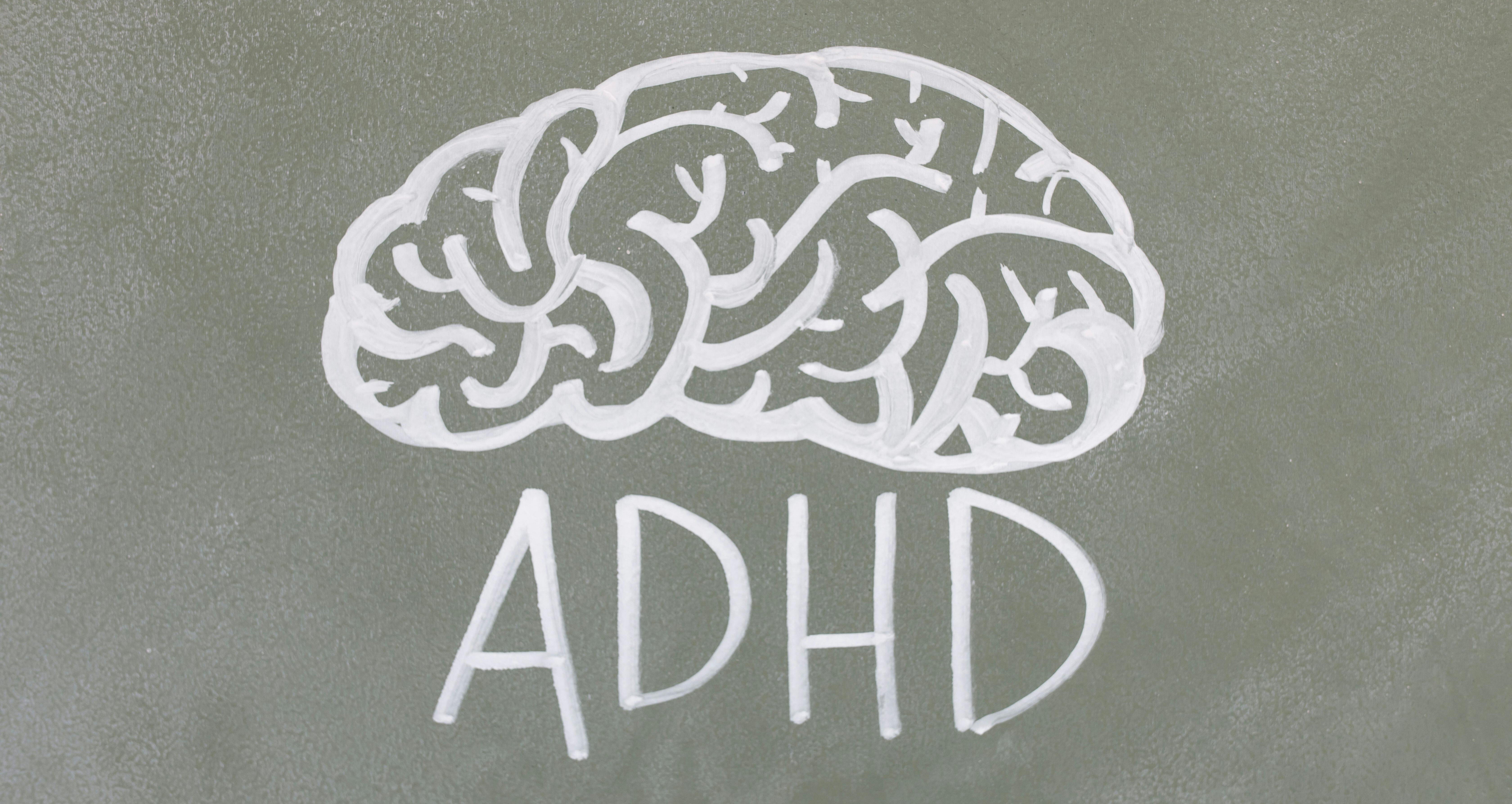Understanding Opioid Use Disorder: A Guide to Help and Hope

Opioid Use Disorder (OUD) is a growing public health issue that affects millions of people and families around the world. If you or someone you love is struggling with opioid use, you're not alone — and help is available.
In this blog, we’ll walk you through what opioid use disorder is, how it develops, the signs to look out for, and most importantly, how recovery is possible.
What Is Opioid Use Disorder?
Opioid Use Disorder is a medical condition where someone develops a pattern of problematic opioid use — whether through prescription painkillers like oxycodone or hydrocodone, or illegal drugs like heroin or fentanyl.
It’s not just about taking opioids; it’s about how those substances affect a person’s life, health, and ability to function.
How Does It Happen?
OUD can develop over time, often starting with a legitimate prescription for pain. Opioids work by attaching to receptors in the brain to block pain and create feelings of relaxation or euphoria. Over time, the body may need more of the drug to feel the same effect — this is called tolerance.
Eventually, the body and brain may become dependent on the substance, leading to cravings, withdrawal symptoms, and continued use despite negative consequences.
Common Signs of Opioid Use Disorder
Everyone’s experience is different, but here are some common signs of OUD:
- Taking opioids in larger amounts or for longer than intended
- Unsuccessful attempts to cut down or stop
- Spending a lot of time using or recovering from opioids
- Cravings or strong urges to use
- Problems at work, school, or home due to opioid use
- Giving up important activities or relationships
- Using in risky situations (e.g. driving)
- Developing tolerance or withdrawal symptoms
If you or someone you know shows several of these signs, it might be time to reach out for help.
Why Is It So Dangerous?
One of the most dangerous parts of OUD is the risk of overdose, especially with powerful synthetic opioids like fentanyl. Overdose can cause slowed breathing, loss of consciousness, and death if not treated quickly.
That’s why awareness, support, and early treatment are so important.
Treatment and Recovery Are Possible
The good news? Recovery from opioid use disorder is absolutely possible. It often requires a combination of:
- Medication-Assisted Treatment (MAT): Medications like methadone, buprenorphine, or naltrexone can reduce cravings and withdrawal symptoms.
- Therapy & Counseling: Behavioral therapies help people develop coping skills, change harmful patterns, and build a healthy, stable life.
- Support Systems: Peer support groups, recovery coaching, and family support can make a huge difference.
Treatment isn’t one-size-fits-all — what matters is finding the right approach for the individual.
What Can You Do Right Now?
If you or a loved one is struggling with opioid use:
- Talk to someone. Whether it’s a doctor, counselor, or trusted friend — opening up is the first step.
- Learn about treatment options. There are many paths to recovery, and professionals can help guide you.
- Avoid shame. OUD is a medical condition, not a moral failure. You deserve compassion and support.
- Consider participating in clinical trials. Innovative treatments for OUD are being researched — and you may qualify to take part in a study that offers access to new therapies.
You're Not Alone
Opioid use disorder can feel isolating, but recovery is real, and help is within reach. If you or someone you care about is struggling, take that first step. There’s no shame in asking for help — and there’s a community of people ready to support you on your journey.


